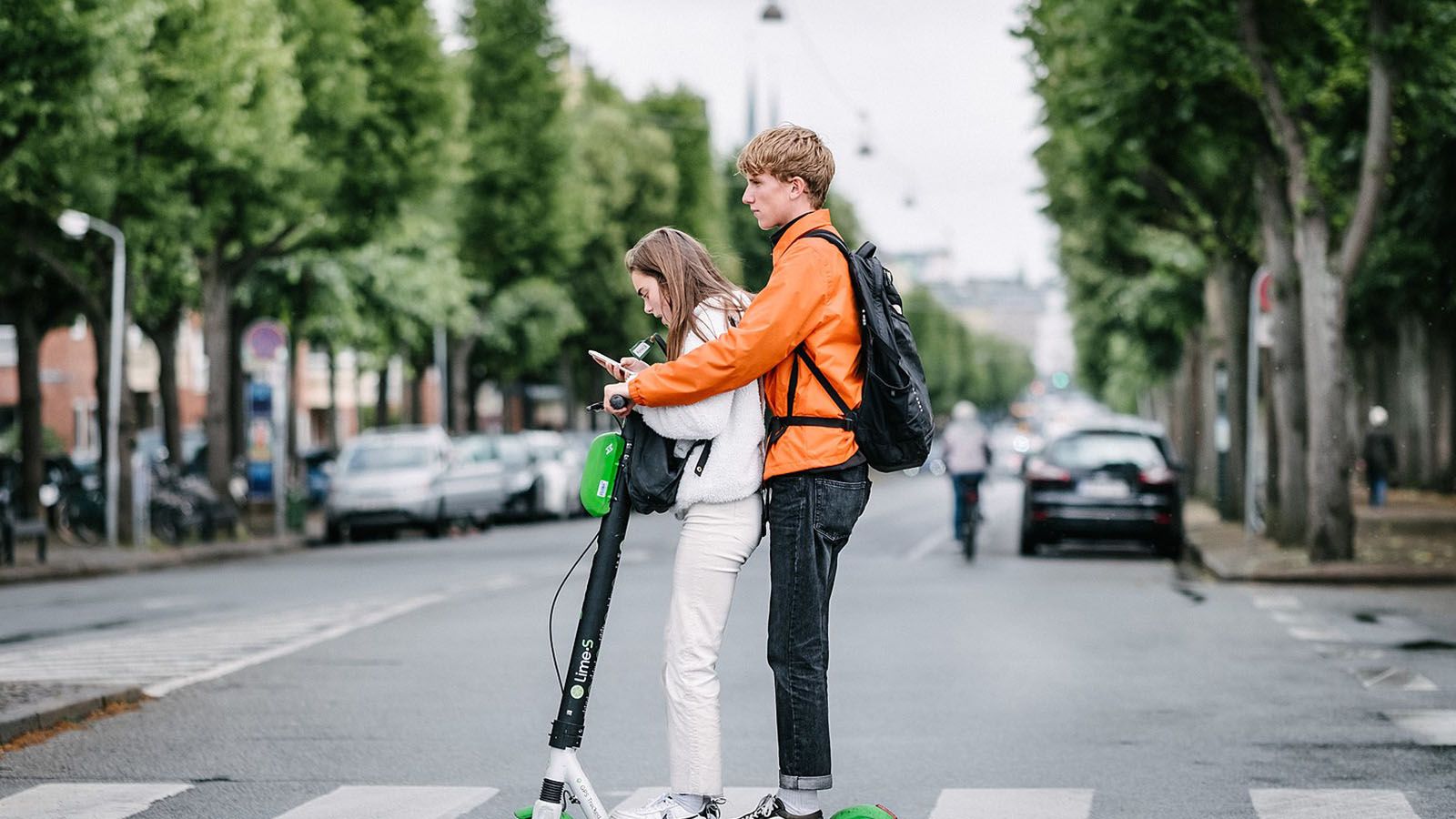E-bikes, e-scooters, mopeds, hoverboards, Citi Bikes are booming in New York City. It is easy to understand why they are so popular. Low cost, convenient, eco-friendly, they provide an attractive alternative to expensive to own and operate, gas-guzzling, pollution-emitting cars and trucks. Yet despite their allure, a significant number of riders of these devices are imperiling their safety and that of other road users by not taking precautionary measures such as wearing helmets and not adhering to certain rules of the road. A Hunter College study, Behavior of Riders of Micromobility Vehicles in New York City, based on observing 5,180 riders of e-bikes, e-scooters, mopeds, and Citi Bikes at 34 different zip codes located throughout Manhattan, found that overall only about two-fifths of riders were wearing helmets, more than 1/3 ran red lights without pausing, and about 8 percent went against the flow of traffic.
These results are found in a Hunter College study directed by Sociology professors Peter Tuckel and Kate Pok-Carabalona. Professors Tuckel and Pok-Carabalona collaborated with Hunter students in the Introduction to Research Methods, Social Statistics, and Population Dynamics courses offered in the Department of Sociology.
All observations were conducted between April 4th and April 26th, 2022 and were staggered across both peak and off-peak hours and days of the week.
Other findings that emerged from the study:
- The most common type of micromobility vehicle observed was the electric bike (49.3%), followed in descending order by non-motorized Citi Bikes (19.7%), mopeds (11.4%), electric scooters (11.3%), and motorized Citi Bikes (6.2%).
- There is a sizable disparity in the gender of the riders (88.1% male vs. 11.9% female). Commercial riders are overwhelmingly male (97.6%) and non-commercial riders are also predominately male (79.6%). However, among Citi Bike riders, the gender imbalance narrows considerably with 74.5 percent being male and 25.5 percent being female. Among e-scooter riders, the gender imbalance is also reduced with females comprising 17.5 percent of the riders.
- Not surprisingly, moped operators were most likely to wear a helmet (68.7%). Citi Bike riders were the least likely (27.4%). Interestingly, those who wear a helmet are more likely to stop fully at a red light than their counterparts who are without helmets (41.6% vs. 26.9%).
- Overall, approximately 5 percent of riders drove on sidewalks. Among e-scooters, though, this figure jumps to 13 percent.
- On streets or avenues with an unprotected bike lane, 63.5 percent ride in the bike lane. On streets or avenues with a protected bike lane, this figure increases to 70.9 percent. The presence of bike lanes also decreases riding on a sidewalk.
- A greater proportion of females are more likely to utilize bike lanes (either unprotected or protected) than the proportion of males.
- Noteworthy is that riders of wheeled devices who use protected bike lanes are far more likely to come to a full stop at a red light than riders who driving on streets or avenues (43.7% vs. 29.3%).
“There are a lot of benefits of having e-bikes and other micromobility vehicles in the City,” said Professor Tuckel. “They are convenient, inexpensive to operate, don’t take up much parking, and can be fun to ride. But the number of emergency department visits resulting from the use of these vehicles is soaring. It is important that riders take precautions like wearing a helmet and obey the rules of the road so they don’t injure themselves and others.”
“One of the key findings which emerges from this study,” said Professor Pok-Carabalona “is the critical role played by bike lanes, particularly protected bike lanes. We see that when bike lanes are installed, riders minimize their contact with cars and trucks and thus reduce the likelihood of getting injured in a crash. The data from this study also show that a greater proportion of women than men use the bike lanes. So bike lanes help to promote gender equality in cycling and scootering.”


